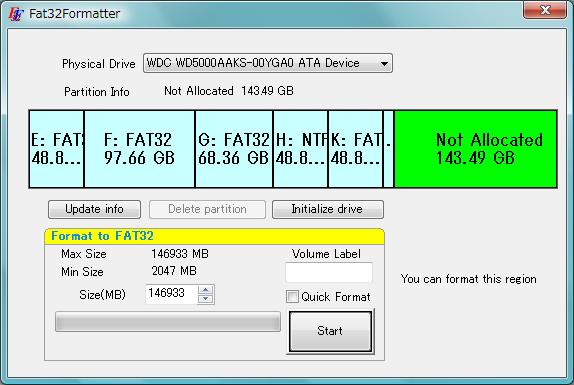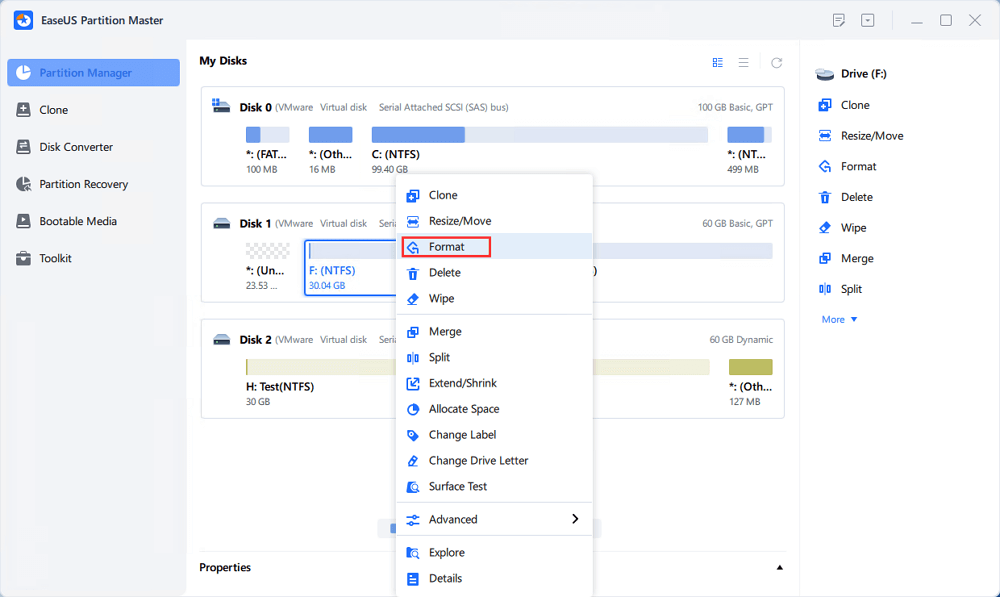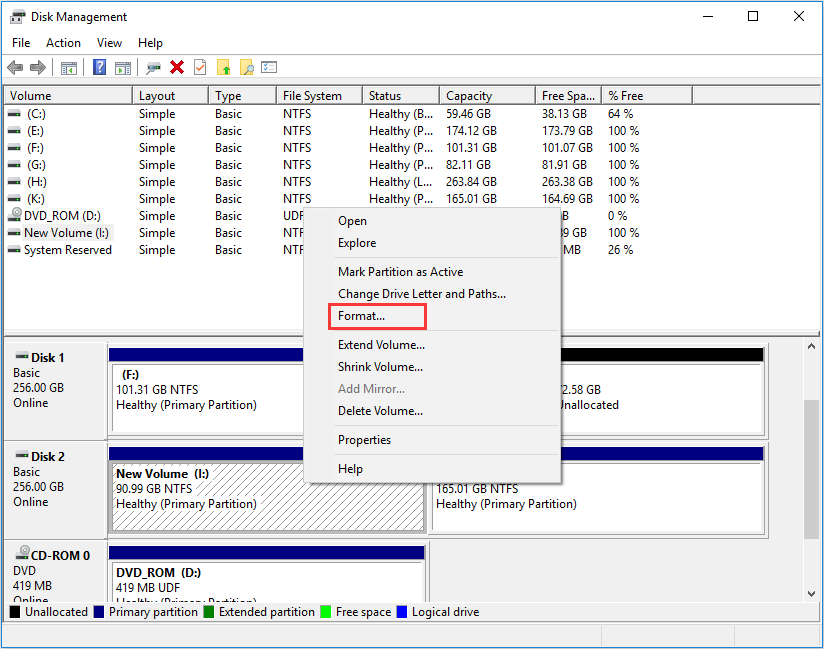
 A New Simple Volume wizard will now open click Next to proceed with the format process. Right click on ‘Unallocated Space’ and select New Simple Volume. Since the drive, we are using in this example is a new drive with no data, the free space will be indicated as ‘Unallocated Space’. But in this guide, we are considering only one partition. To do so, you need to shrink the existing volume first and create an ‘Unallocated space’ and then follow the steps from Step 5 onwards. If you wish you can create more than one partition. Now that you have accepted to initialize the drive, it is ready to be partitioned and formatted. And if you are using a Windows XP system, choose MBR. Please note that for a drive greater than 2TB, you must select the GPT partitioning style. Here, choose from the 2 partitioning styles ‘MBR’ or ‘GPT’ and click Ok. In that case, you will receive a pop-up window asking if you want to initialize the drive. If the SSD you are trying to partition is new, then it will not be initialized. Then click Windows + X keys and select Disk Management from the menu that opens. If the SSD is built-in, you don’t have to worry about this step. Connect the SSD to your computer through a USB cable. Once you have made a backup of the data on your SSD, proceed with the following steps for partitioning and formatting it.
A New Simple Volume wizard will now open click Next to proceed with the format process. Right click on ‘Unallocated Space’ and select New Simple Volume. Since the drive, we are using in this example is a new drive with no data, the free space will be indicated as ‘Unallocated Space’. But in this guide, we are considering only one partition. To do so, you need to shrink the existing volume first and create an ‘Unallocated space’ and then follow the steps from Step 5 onwards. If you wish you can create more than one partition. Now that you have accepted to initialize the drive, it is ready to be partitioned and formatted. And if you are using a Windows XP system, choose MBR. Please note that for a drive greater than 2TB, you must select the GPT partitioning style. Here, choose from the 2 partitioning styles ‘MBR’ or ‘GPT’ and click Ok. In that case, you will receive a pop-up window asking if you want to initialize the drive. If the SSD you are trying to partition is new, then it will not be initialized. Then click Windows + X keys and select Disk Management from the menu that opens. If the SSD is built-in, you don’t have to worry about this step. Connect the SSD to your computer through a USB cable. Once you have made a backup of the data on your SSD, proceed with the following steps for partitioning and formatting it. 
This is a very important step because formatting/partitioning will erase the drive clean. If you have any data, make a backup using an external storage device. But with time as the prices reduce, SSD’s will surely rule the market.īefore proceeding with partitioning and formatting an SSD, first of all, make sure you don’t have any data on it. Despite these advantages, the only reason SSD’s are not preferred is due to their high prices.

Secondly, SSD’s consume considerably less power than that of HDD’s. This is because SSD’s don’t consist of any moving parts, hence the wear and tear on the device are very less over time. Not only do the SSD’s offer better performance and speed, but they are also more reliable. SSD’s are slowly but surely replacing the traditional HDD’s. SSD, short for solid state drive is a type of hard disk that uses flash memory instead of rotating magnetic platters (like in traditional HDD’s).







 0 kommentar(er)
0 kommentar(er)
